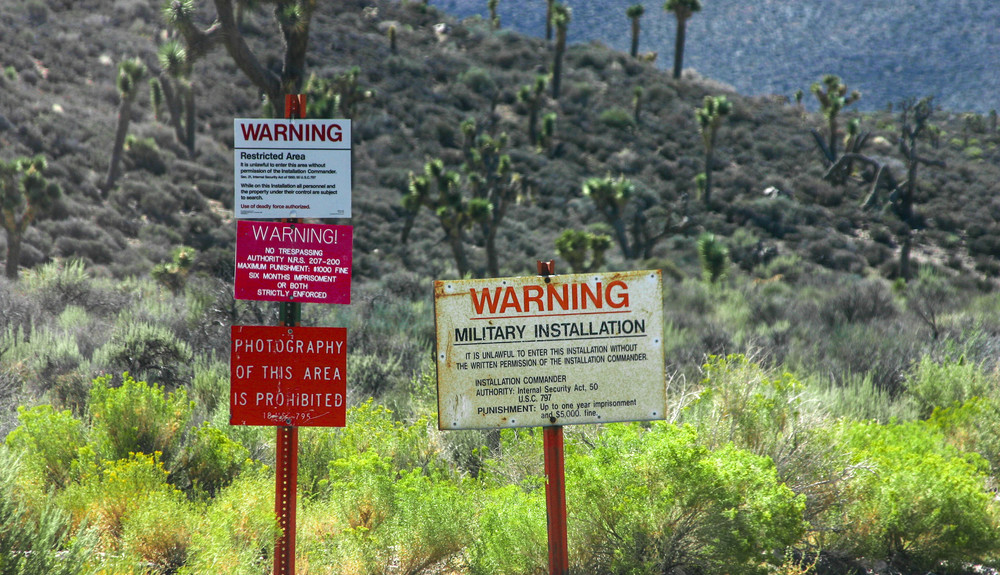“Where’s Daddy?” “Where’s Mommy?”
“They’ll be back soon, kids,” said America’s Central Intelligence Agency (CIA), back in the 1960s. “Don’t you worry now. They’re saving our country. Pipe down. Here’s a cookie.”
Just kidding, of course. The CIA never said this to family members of the people who were working on the U-2 spy plane at Area 51, a remote detachment of Edwards Air Force Base within the Nevada Test and Training Range. Instead, they sat them down and showed them this video, which was a film back then — this was way before the days of VHS (you can even hear the projector running the background when you press play).
While it’s mighty droll and resembles a Ben Stein lecture more than entertainment, it does possess some fascinating stuff. Like this line about the most critical dilemma the team faced in figuring how to build such an unprecedented military plane, once it was approved:
On December 9, 1954, the go-ahead was given and Lockheed’s chief engineer Kelly Johnson called together his tiny 26 men special projects engineering group.
Here were the problems they faced.
To design, build an airplane and fly it … in eight months. An airplane that would cruise well above 70,000 feet. One that would travel almost as far as a B-52 and remain in the air for ten hours. A plane that would be completely reliable, with forced landings out of the question. A plane that would the world’s most stable aircraft for high-altitude photography. A plane that would be flexible in concept to carry at least 12 different equipment loads, and have no one penalize the others in weight. A plane that would weigh only one and one half times the weight of the power plant.
Weight was the critical factor in the whole project. Designers said they would trade their collective grandmothers for ten pounds of empty weight. Pounds, in fact, were called “grandmothers”.




































